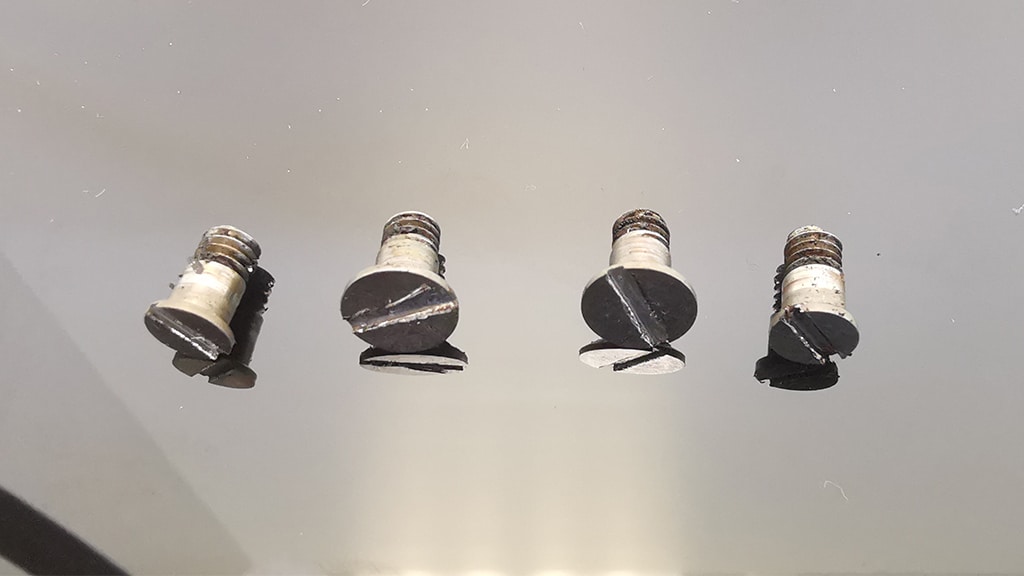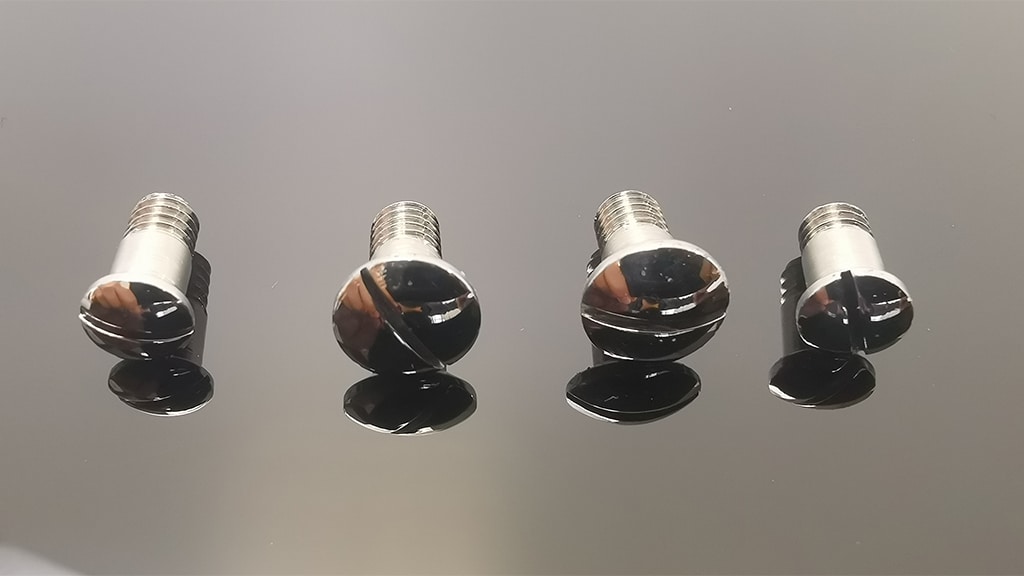

After disassembling and thoroughly inspecting the instrument, Dumaine Precision customized a restoration plan. The approach involved remanufacturing a key component with new material and implanting it using a proprietary technique. The instrument was then re-shaped and re-calibrated before being put through rigorous quality assurance.
The Orthopedic Department received their instrument with its original functionality and lifespan fully restored. The Sterilization team returned the instrument to circulation, saving its high replacement cost and ensuring its long-term integrity in the OR.
Based on the success of the restored bone rongeur, our customer’s Biomedical Team decided to invest in the restoration of other instruments considered damaged beyond repair, in the orthopedic department as well as other specializations.
If you’re concerned about instruments that may have sustained similar damage, get in touch with us.
Our customer invested in high-quality instruments such as this Stille bone rongeur, made in Sweden. The rongeur had lasted for 20 years before sustaining a fissure, which resulted in the instrument being removed from circulation to reduce the risk of patient infection. Having received assessments from repair service providers that the instrument was damaged beyond repair, the Biomedical team’s options were limited. Replacing the instrument at the original quality was not cost-effective, whereas cheaper alternatives would fail within a few years.